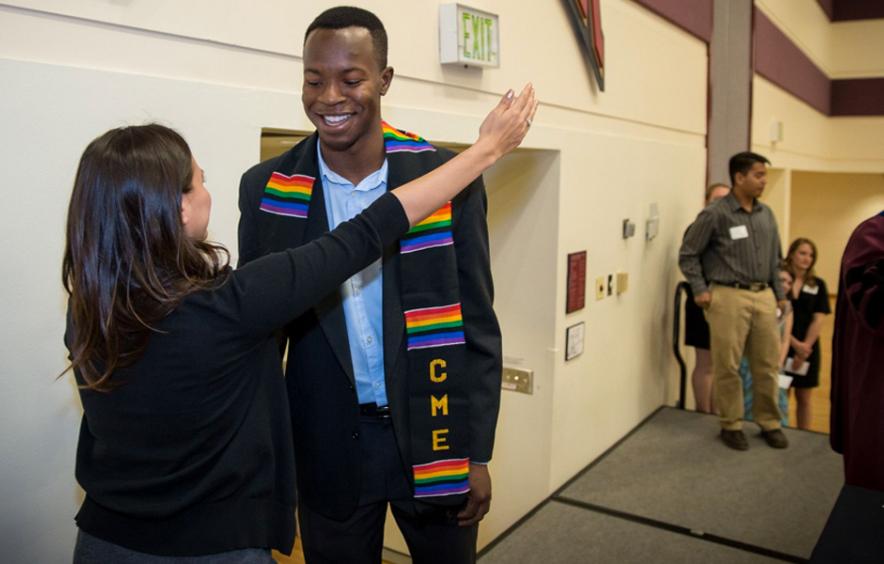Intersectional Pedagogy
This module reflects the work of Kim Case, Ph.D. in her book, Intersectional Pedagogy: Complicating Identity and Social Justice (2017). Please visit her website which offers free resources, podcast episodes, and blogs on social justice and anti-racist pedagogies.
Context
Intersectional Pedagogy emerges from Intersectionality, a formal theoretical framework developed by Kimberlé W. Crenshaw, American civil rights advocate and leading critical race theory scholar. Intersectionality starts from the premise that people live multiple, layered identities derived from social relations, history and structures of power (AWID 2004). It recognizes that people are members of more than one community at a time, and can simultaneously experience privilege and oppression (e.g. a professor may be a respected academic yet experience racism as an underrepresented racial and ethnic woman). Intersectionality requires that we focus on how identity, equality, and power intersect in complex and dynamic ways.
What is Intersectional Pedagogy?
Intersectional Pedagogy is an approach to teaching and learning by which inequality and exclusion resulting from intersecting social identities are understood, explained, and challenged. A successful intersectional approach must take into consideration individual complexity, systemic oppression, and should seek to unveil power while also making visible complex and layered aspects of oppression. As such, Intersectional Pedagogy is rooted in an understanding that:
- Identity is a complex layering of multiple social locations.
- Intersectionality is a mechanism for unveiling privilege, power, and oppression.
- The application of intersectionality in the classroom requires an emphasis on political social action.
- Curriculum must be open to multiple voices and perspectives that highlight privilege and oppression.

White privilege awareness and acknowledgment of blatant racism (Cole, Case, Rios, & Curtin, 2011).

Increased positive attitudes toward Muslim women (Greenwood & Christian, 2008).

Increased openness to experience and awareness of the perspective of others, especially “out-groups”. (Curtin, Stewart and Cole, 2015).

Decreased over-emphasizing of any single characteristic or quality in the understanding of individual realities (Dill & Zambrana, 2009).
Recommended Articles

Intersectionality at the Cross-Roads
We can contemplate the way standpoint, location or identity affects organizing choices, such as whether or not to take collaborative or hierarchical approaches, or whether to involve local communities in labor movement decisions.
Read it at DUNot at DU? Find it online

Unmirroring Pedagogies: Teaching with Intersectional and Transnational Methods in the Women and Gender Studies Classroom
As the U.S. academy increasingly markets “the global” and “diversity” for under-graduate student consumption, feminists face new challenges with respect to the decolonizing goals of teaching.
Read the Article
Mapping the Margins: Intersectionality, Identity Politics, and Violence against Women of Color
Drawing from the strength of shared experience, women have recognized that the political demands of millions speak more powerfully than the pleas of a few isolated voices.
Read the Article



